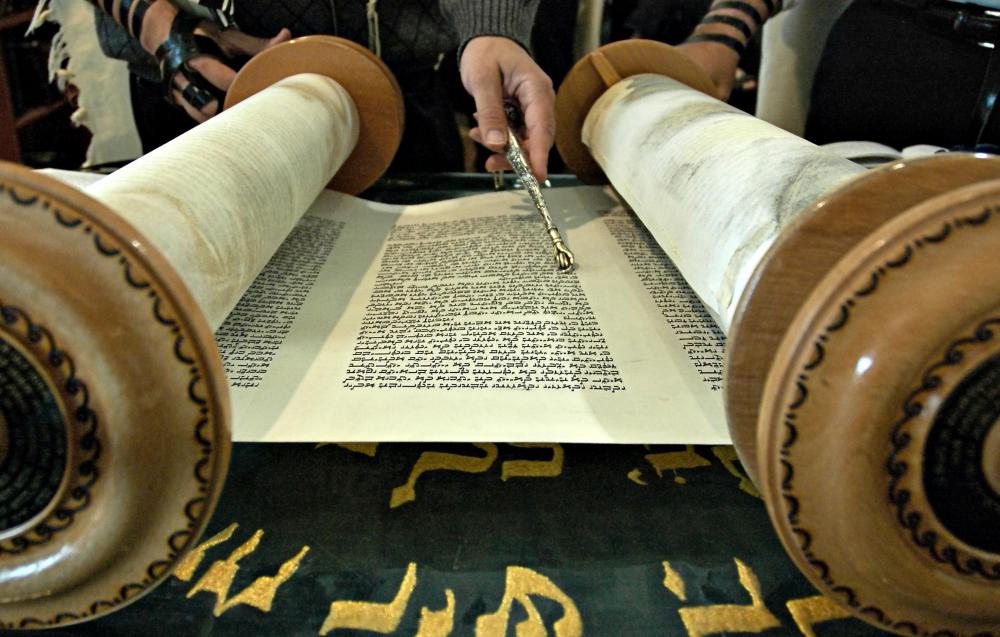At WiseGEEK, we're committed to delivering accurate, trustworthy information. Our expert-authored content is rigorously fact-checked and sourced from credible authorities. Discover how we uphold the highest standards in providing you with reliable knowledge.
What is a Shofar?
A shofar is a curved and polished horn with openings at the top and bottom. It is usually made from a ram’s horn. It can never be made from a cow’s horn or from a calf’s horn, since this is evocative of the worship of the Golden Calf as condemned in the Torah. It also cannot be made from any animal that is not considered kosher, as the instrument is used primarily in Jewish religious ceremonies.
Any practicing Jew may become a shofar blower. He or she is called the Tokea, which translates to "Blaster." It can become quite a job to blow the shofar on certain days of observance. However, a good Tokea knows that blowing the shofar is comparable to blowing a trumpet or bugle. The Shofar takes less effort when placed to one side of the mouth, and by vibrating the lips.
For example, on Rosh Hashanah, the shofar is blown 100 times to signify the New Year. It is also blown at the end of Yom Kippur to signify that this day of repentance and remembrance has come to an end.

The shofar is not used on Sabbath since the Tokea might accidentally carry the horn from place to place. This constitutes work, and is thus forbidden on the Sabbath. Even during the days following Rosh Hashanah, any day falling on the Sabbath does not include shofar blasts. In fact, when Rosh Hashanah falls on the Sabbath, the religious observance of it takes place the next day.
The sounds of the shofar are meant to awake and inspire the Jew, or alternately used as an announcement that one is being called to consider spiritual matters. This may be accomplished with three different sounds made by the shofar. One short blast is called the tekiah. Three short notes played consecutively are called shever, and teru’ah, is the name given for nine quick notes played one after the other.
Care must be taken to keep the shofar from damage. A damaged shofar will not produce sound properly, especially if there are any holes in the horn aside from the two main ones. After several years of use the horn may become somewhat warped from the moisture it encounters whenever it is blown.
AS FEATURED ON:
AS FEATURED ON:











Discuss this Article
Post your comments